The Oil Tank Culture Park: A Cool Regeneration Project In Seoul
Last Updated on April 3, 2025
A plot of land sitting across from World Cup Stadium and the World Cup Parks system in Seoul, Korea is home to a surprisingly cool urban reformation project. Now named the Oil Tank Culture Park (문화비축기지), this park is an eye-appealing, if you like that industrial look, and eco-friendly site that uses six old oil reservoir tanks that were transformed for public use.
While this isn’t your standard tourist site, it is really intriguing to people interested in urban regeneration, but also of interest if you want to know where local events and performances are held in Mapo-gu.
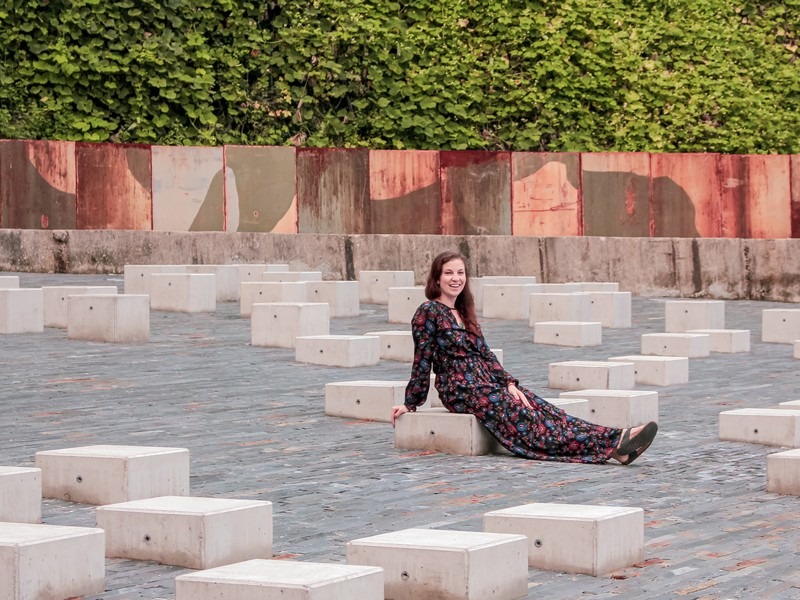
Looking for something interesting to see near Hongdae? Check out this spot:
(This post contains affiliate links, which means I receive a certain percentage of a sale if you purchase after clicking. Thank you for your support.)
How To Get There
Address: 87 Jeungsan-ro, Mapo-gu, Seoul (661, Seongsan-dong) (서울시 마포구 증산로 87 성산동)
By Subway: Get your T-Money card purchased and topped off and hop on the subway. Head to World Cup Stadium Station and go out of either exit 2 or 3. You’ll see the massive stadium when you go up the escalators.
Stay to the north side of the stadium and walk around the west side where you’ll see a basketball court. Keep walking to the road just beyond it and the cross walk which will take you right to the Oil Tank Culture Park.
Basic Info
Hours: The park is open 24 hours a day but the buildings are open from 10:00am ~ 6:00pm
Days: Buildings are closed Mondays.
Admission: Free
Amenities: cafe, restrooms, parking (limited to about 50 spaces or less)
Website: parks.seoul.go.kr/culturetank
Tours:
- Park Tour with guide: Tuesday – Saturday at 2:00pm and 4:00pm; Duration 1 hour
- To reserve, visit the Seoul Metropolitan City Public Service Reservation Site.
- Audio Guide: Available from 10:00am ~ 5:00pm in English, Japanese, Korean, and Chinese.
History
In 1973, Korea suffered from its first oil crisis with a major setback in crude oil supply and thus the oil depot near Maebongsan Mountain was built and prepped for a future state of emergency. The 5 tanks held 69.07 million liters of oil which was the monthly supply for Seoul citizens.
The Mapo Oil Depot was used as storage for petroleum from 1976 until 2000 and the general public was denied access to this area for 41 years.
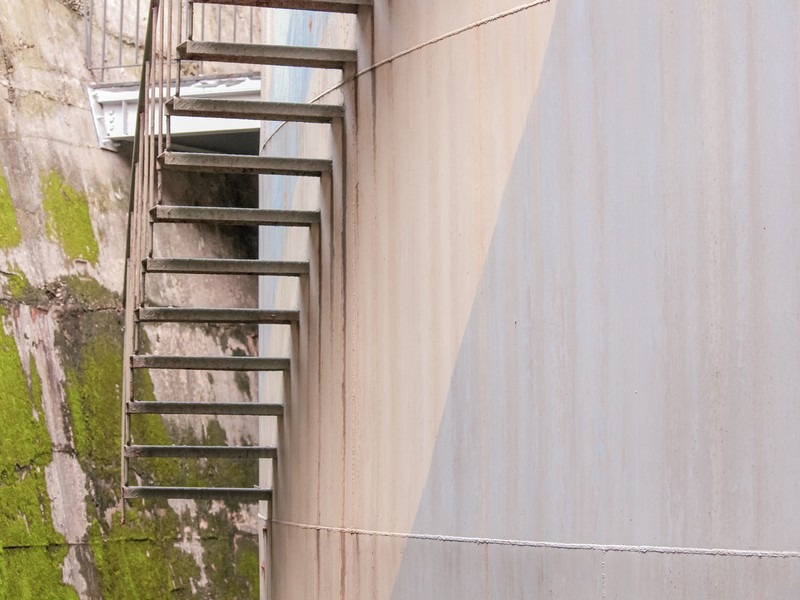
This land is across the street from World Cup Park and when the World Cup Stadium and park were constructed for the 2002 FIFA World Cup, it was obvious the rather hazardous site would not be able to remain and was left without a purpose for many years. When I first moved to the area, I had no idea what was there, it was just surrounded by construction walls for many years.
Finally, in 2013, the local government decided that the huge tanks should be tranformed and regenerated into a culture and arts complex and thus the Mapo Oil Depot was transformed into the Oil Tank Culture Park (문화비축기지).
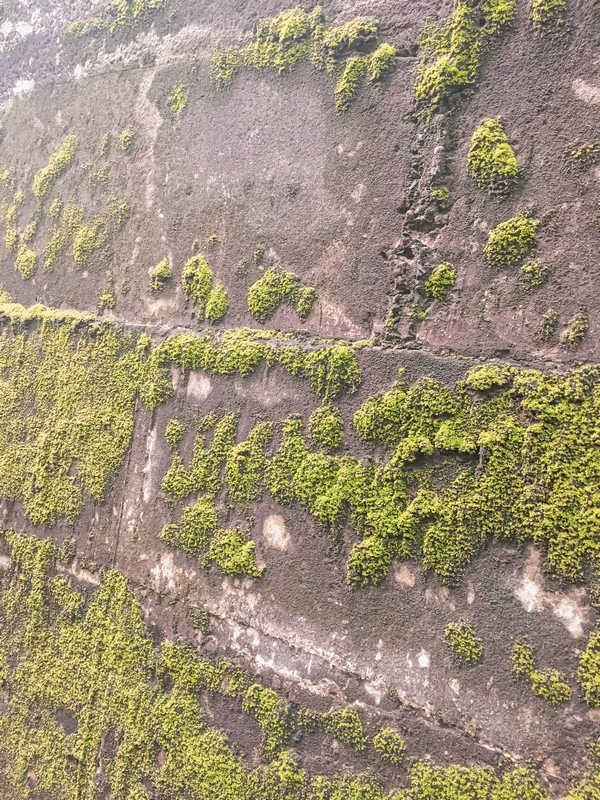
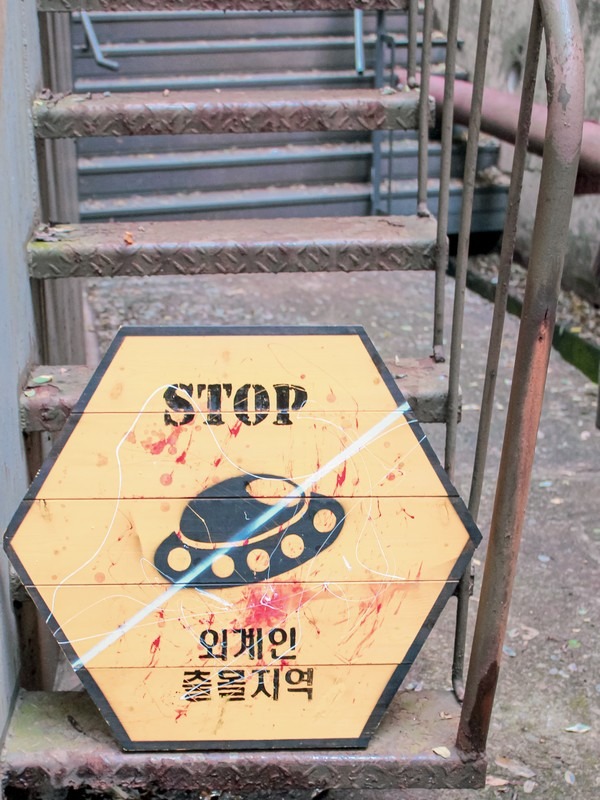
The culture park is actually ten times larger than Seoul Plaza and is used to promote eco-friendly ecosystems and culture. This park is part of the ongoing urban renewal projects that are taking place around the city of Seoul and include stops like Seoullo 7017, the overpass turned park, Seonyudo Park, the Han River island that was once a water treatment plant but is now a park with so much to see, and the West Seoul Lake Park, once a water purification plant now a cool park to walk around. You can also see this renewal at the Bucheon Art Bunker B39 and the Peace Culture Bunker in Dobong-gu.
What To See
One of the most interesting things about the Oil Tank Culture Park is really seeing how the oil tanks have become so architecturally interesting and embraced in the area. There are some cool architectural spots all around Seoul to find, and this is just one of them.
There are 6 gigantic oil tanks on the grounds and each is being used differently. The industrial facades that are gradually being overgrown give that apocalyptic appeal with just the right amount of modern detail.

The Culture Yard
When you first enter the grounds, you’ll be in the “Culture Yard”. This is where events are held throughout the year. There is also a restroom here so go if you need to before you go wandering around the rest of the plaza.
The space is large and also makes for a fun area to head with kids if you have some scooter lovers or new bicyclists who need space to race.

The Story Hall
We first headed in to Tank 5 first and found the doors open but lights turned off. A staff member, or groundskeeper possibly, came up, switched on the lights and asked that we just switch them back off when we exited. This gave us the confidence to head into the wide very dark open space of Tank 4 and nonchalantly flip on the lights which made for a gorgeously fun echo space.
If there’s a door, always try to see if it’s open. That’s pretty much become my motto while living here in Seoul. The spaces here aren’t wildly popular but they are wildly cool so if the doors are unlocked but the lights are off when you enter, just switch them on. The groundskeepers are just looking to save energy and good for them, that is the point of this arts and culture space after all.
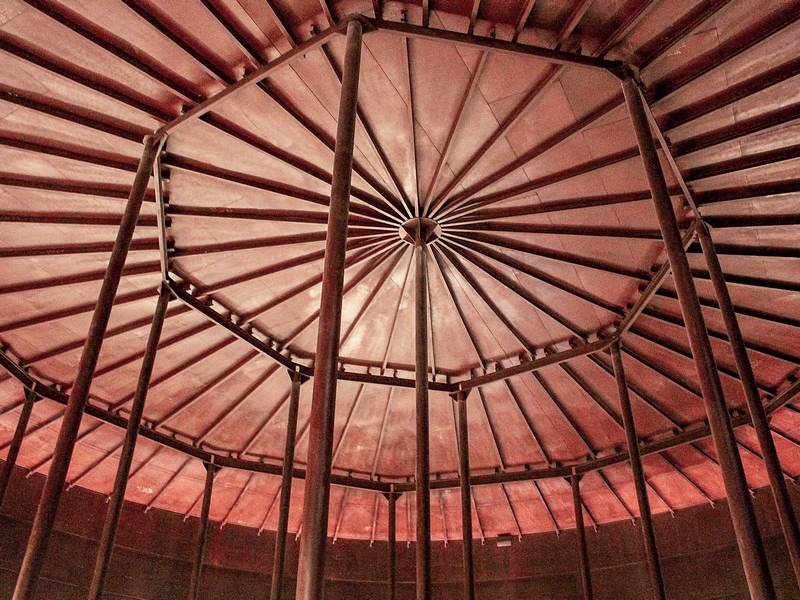
The Culture Complex
Next we headed toward tank 4, the “Culture Complex”. Admittedly, when we first walked up to the tank and the doors opened automatically and all we could see was darkness, we jumped back wondering what the heck the space even was. It wasn’t until we entered a side door after walking around the outer perimeter, that we found the light switches and decided we couldn’t get into that much trouble for turning them on.
Definitely walk in and around, up and over wherever you can. Anything that is dangerous has been blocked off accordingly so if it’s not blocked off, take a gander and enjoy the cement walls that are covered in moss, the tree that has pushed its way through the cement outer casing of one of the tanks and the vines that are taking over wherever they can.
Tank 4 used to store kerosene and is now an open cultural complex that is meant to hold performances, exhibitions, and experiences. In this tank, the ceiling, the original, is striking and enormous steel walls and pipes make the space very appealing.
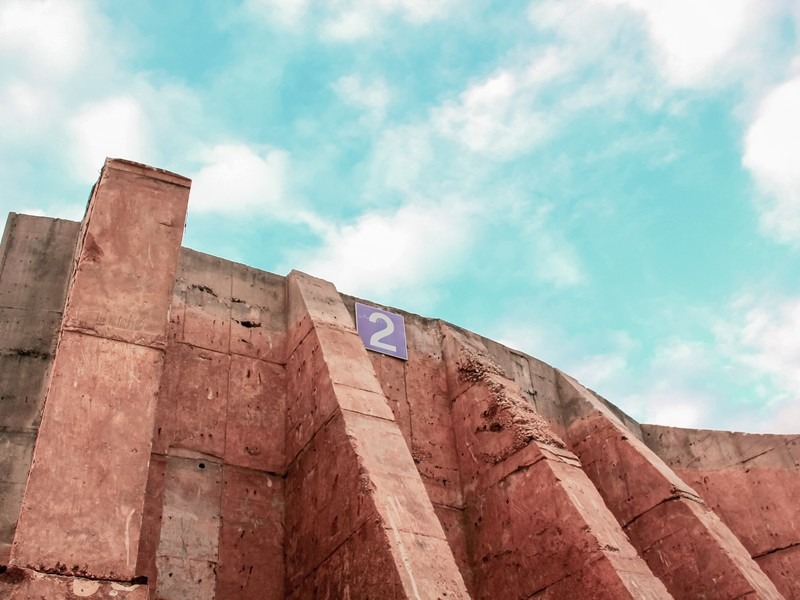
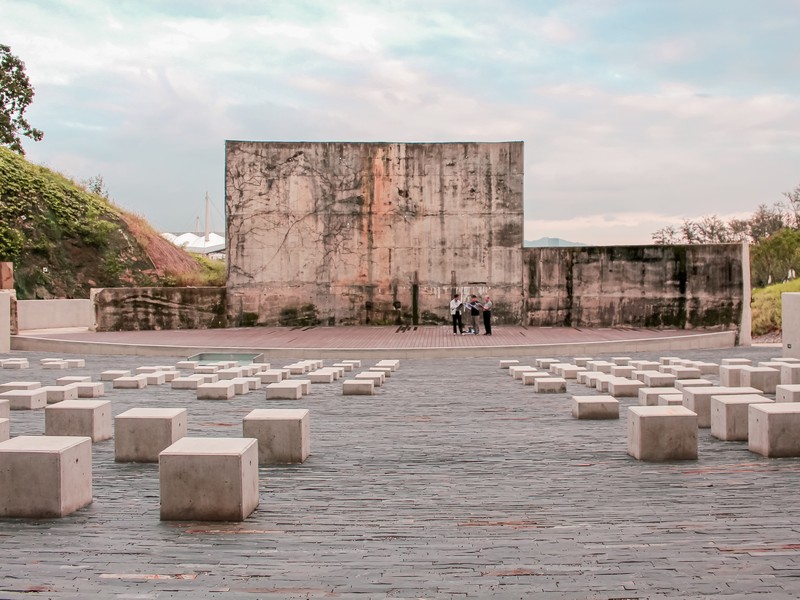
The Stage
Tank 2 has been set up to serve as an outdoor amphitheater and is really just beautiful the way it’s planned. Concrete stepping stones are here and there to be used as seats are maybe tables in between a couple with a wall of green vines cascading behind.
The acoustics are really on point too and I can say that with confidence as when we approached and rounded the corner, we found a trio of altos practicing some pretty beautiful hymns. The notes soared and you wouldn’t have even known from the side walk as we didn’t hear it until we came around the bend.
This tank used to store diesel but it was dismantled to become what it is today. The exterior in the front was left in tact but the top was removed so the soar can be seen above as the performance is taking place and the notes are soaring. On the backside behind the stage and the visitors, Maebongsan Mountain can be seen and the hikers taking their stroll.
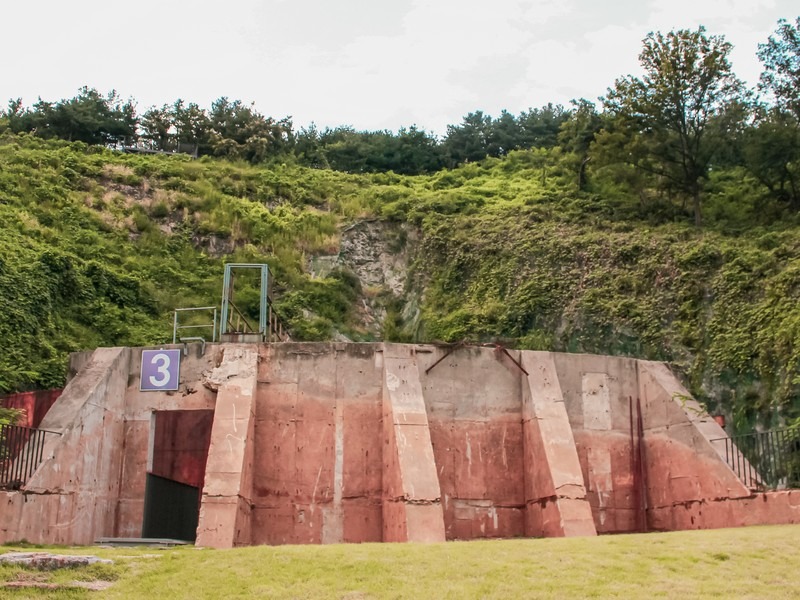
The Sustained Oil Tank
Tank 3 is being kept as is and currently houses a ton of spiders and spider webs so I wouldn’t recommend even stopping in that one! Tank 3 is the “Sustained Oil Tank” and was left in a preserved state.
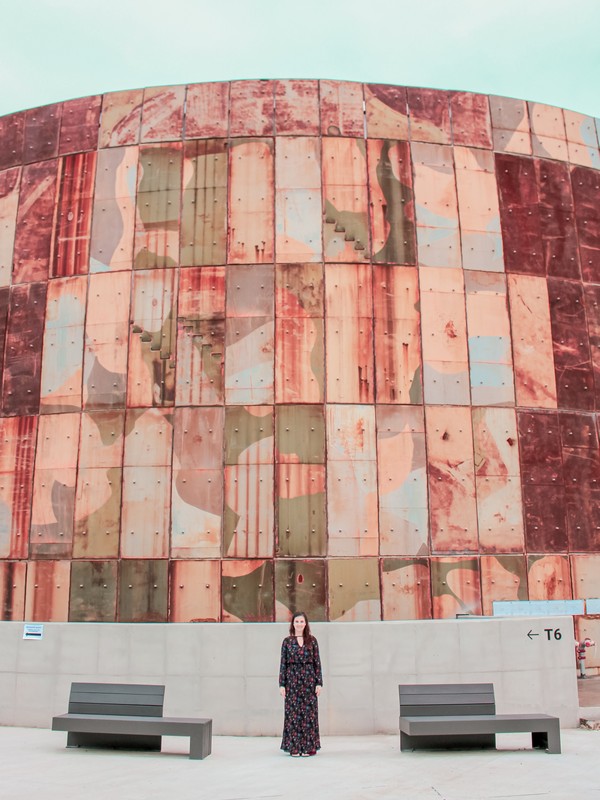

The Glass Pavilion
Tank 1 is the “Glass Pavilion” and was previously used to store petroleum. After the tank was dismantled, glass walls and glass roof were installed. It’s really the most beautiful of the tanks and now a few Korean dramas have even been filmed in it so it’s probably the more popular photo-op.
Through the glass walls, you can see Maebongsan Mountain. It’s really stunning and looks a bit like a greenhouse. It would definitely be a great one if they chose to fill it with plants later.

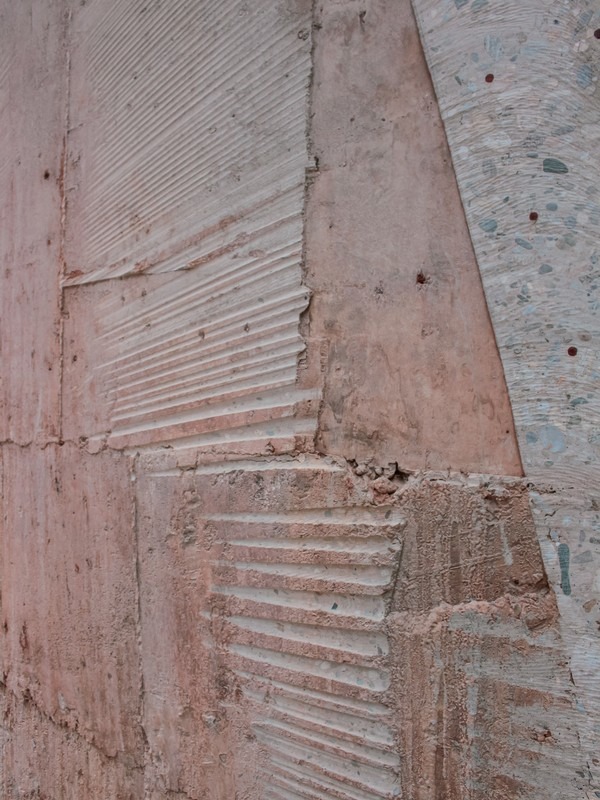
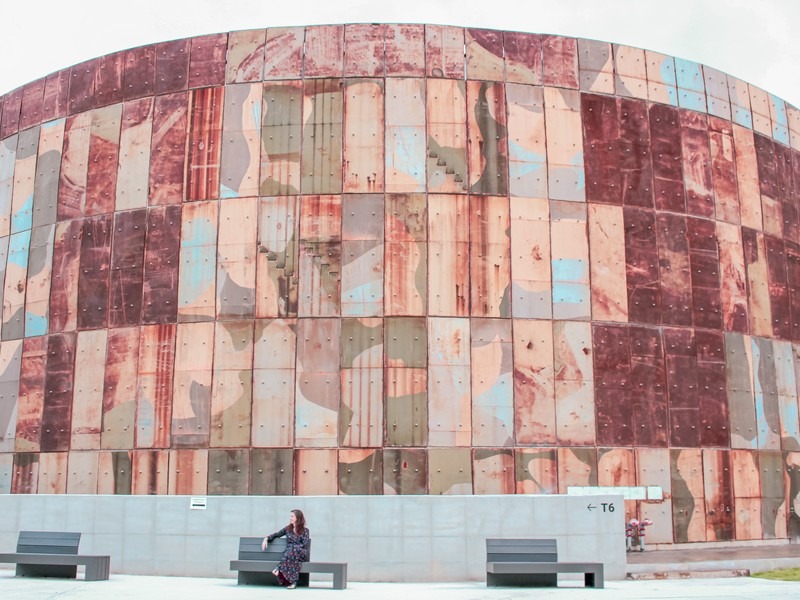
The Community Center
Tank 6 is the largest and the newest. It was rebuilt and will serve as the information center and also houses a cafe on the bottom floor. Tank 6 is the “Community Center” of the complex. The steel plates that were taken from Tank 1 and Tank 2 were used to construct this building.
Inside, there is an office, creative lab, lecture halls, conference rooms, and a cafeteria. On the second floor, there is also a rooftop floor where you can see the sky from the round opening which is called the “Eco Lounge”.
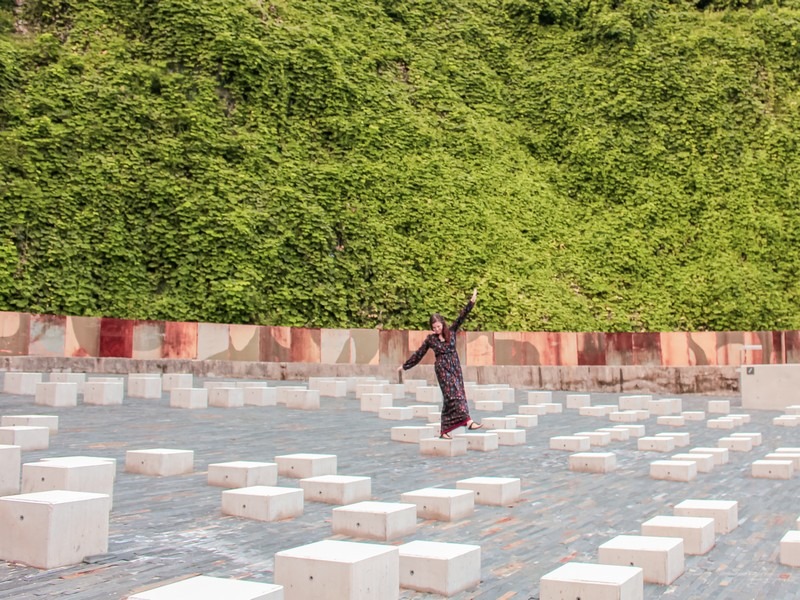
Sustainability
The entire park has been designed to maximize energy in an efficient manner and uses geothermal energy for cooling and heating. There is also a 30 ton water processing facility in the basement of tank 6 that will purify the waste water from the restrooms and there is a 300 ton rainwater recycling facility to store and collect the water for landscaping.
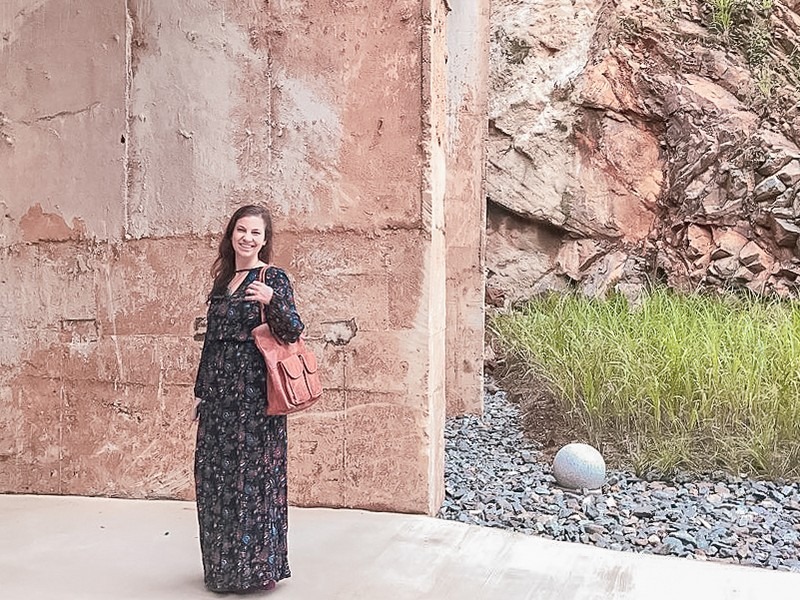
Events
There are fun cultural and artistic events held at the Oil Tank Culture Park throughout the year. If you’re in the area, especially on weekends, stop by and see what’s going on. There are often markets, concerts, and performances in the large open central area, but also throughout the year even when it’s cold, there are artistic installations inside the tanks and around them. Be sure to check out what’s going on and you just might see something cool.
In the summer, this is one of the locations for the night markets that are all around Seoul with vendors and performances. There are light installations in the winter and numerous exhibitions and installations have now been housed here. If you’re ever in the area, stop in to see what’s going on.
Nearby

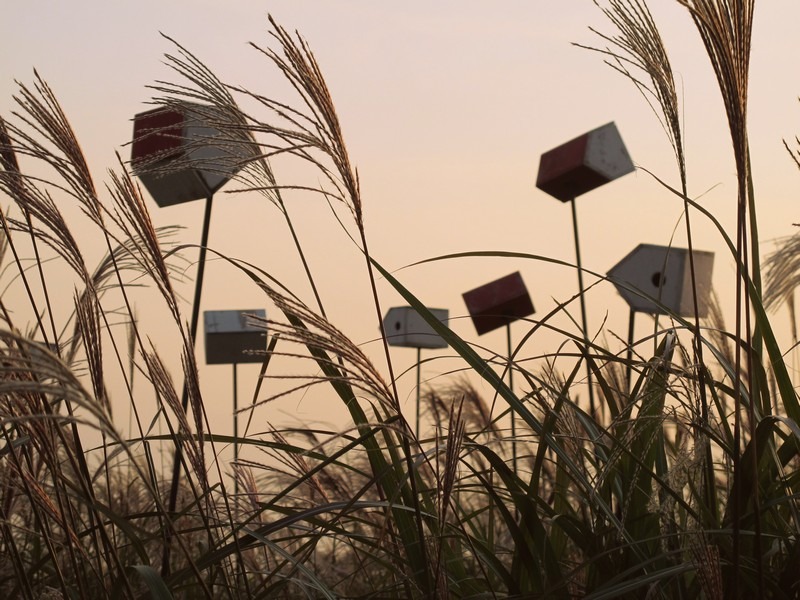
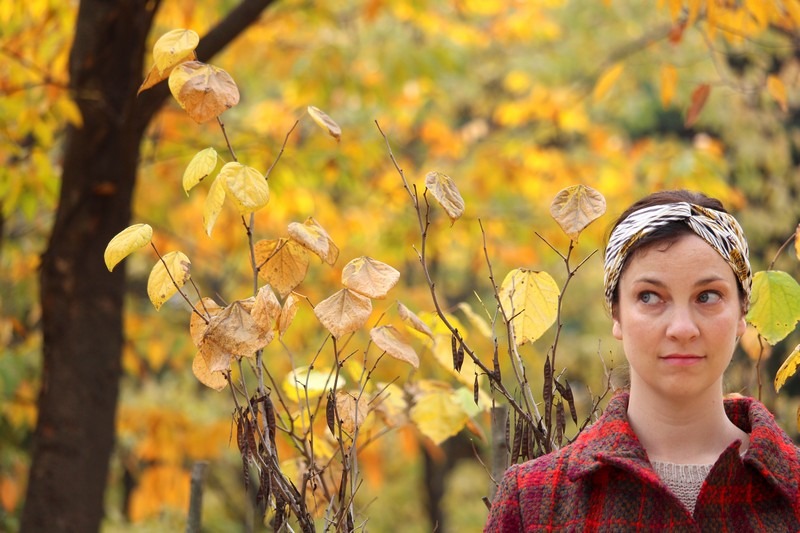
The World Cup Parks
The plot of land that the Oil Tank Culture Park sits on is an urban renewal dreamers heaven. The World Cup Parks sit on land that was once a pretty gigantic landfill. It took seven years to transform the area into five distinct parks with ponds, overlooks, meta-sequoia lined lanes and more. From basketball courts to soccer fields, bike paths, walking lanes and camp grounds, there is truly something for everyone in this immaculately curated and cared for area of the city.
Check out this guide to the World Cup Parks system and don’t miss a visit when you head to the culture park.

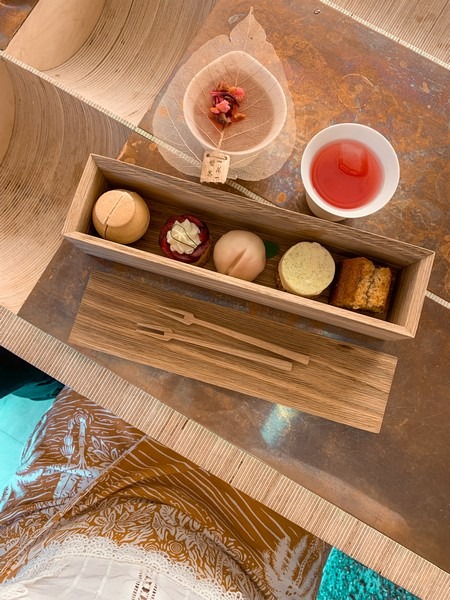
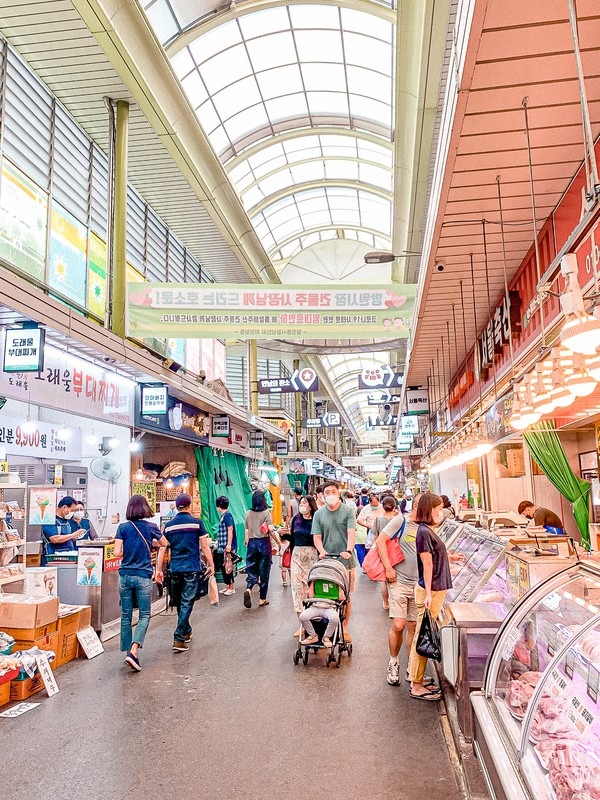
Mangwon-dong
If you head here and want to see more in the vicinity, this is in walking distance from Mangwon-dong a very hip new area with good restaurants and cafes. From there you can easily get to the Han River and there’s a great Battleship Park in the Mangwon Han River Park area.
Hongdae
You could also head up to Hongdae from here too and there are so many things to do in Hongdae from themed cafes to flagship store shopping. While there you can see the wildly popular Nanta Musical or visit the VR Arcade.
Did you like this post? Pin It!
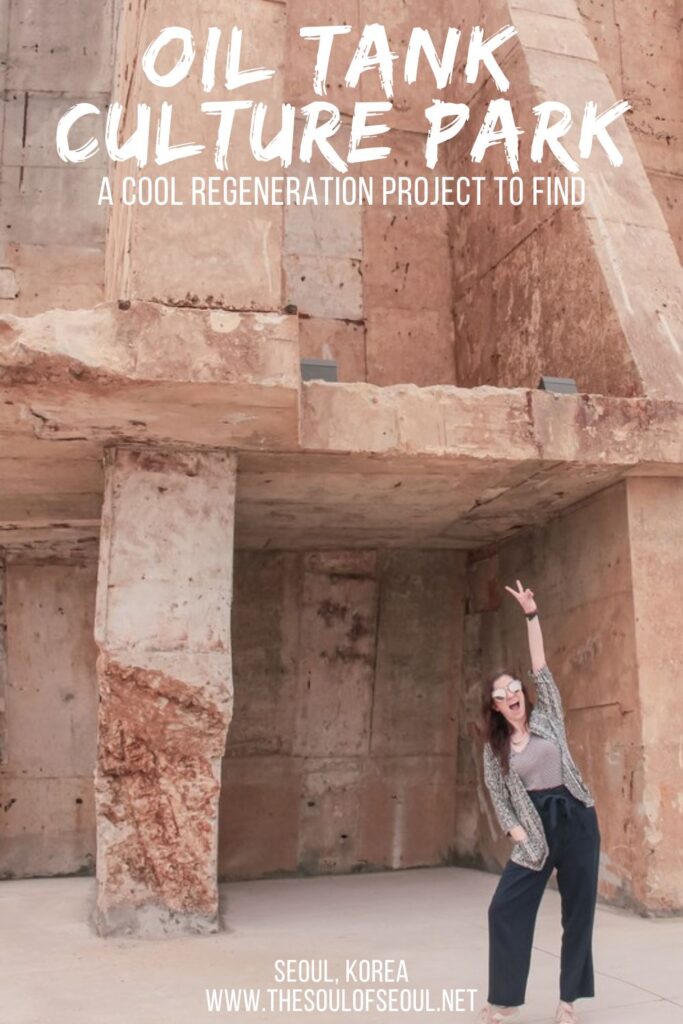
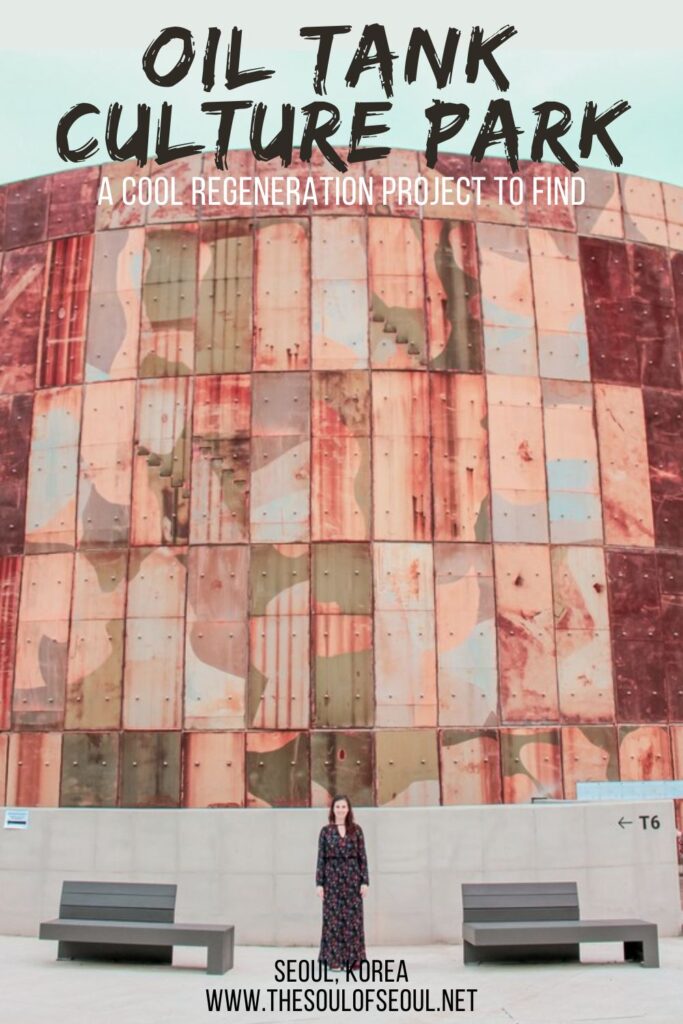


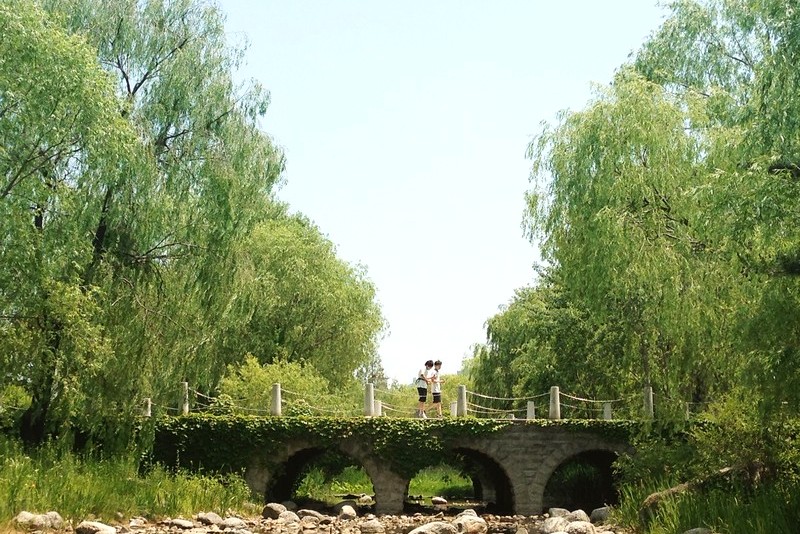

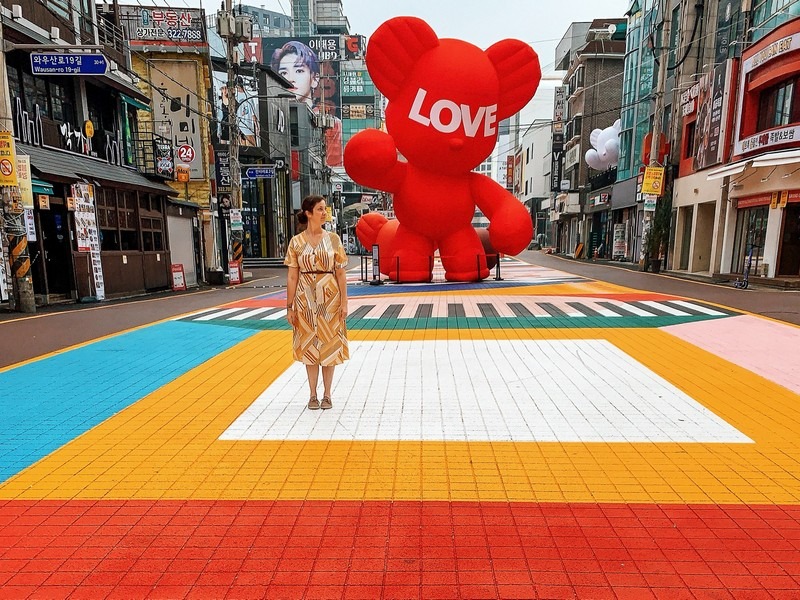

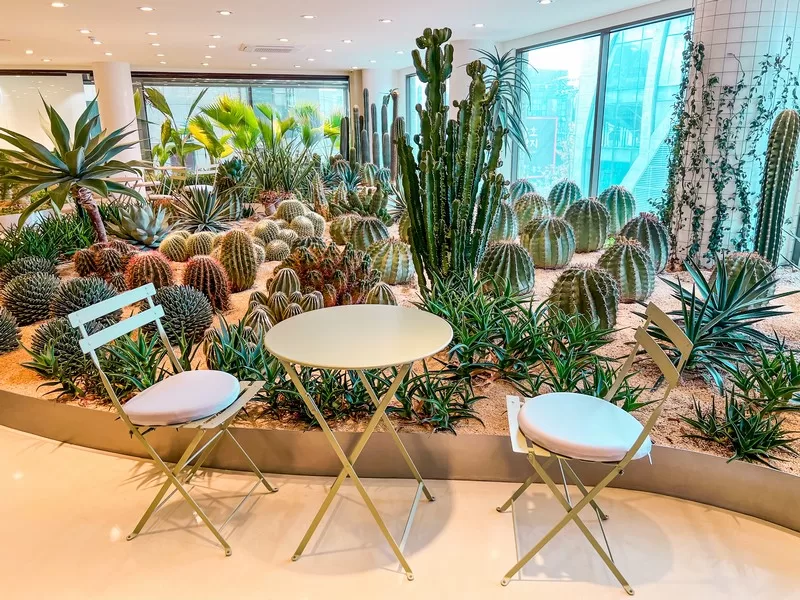

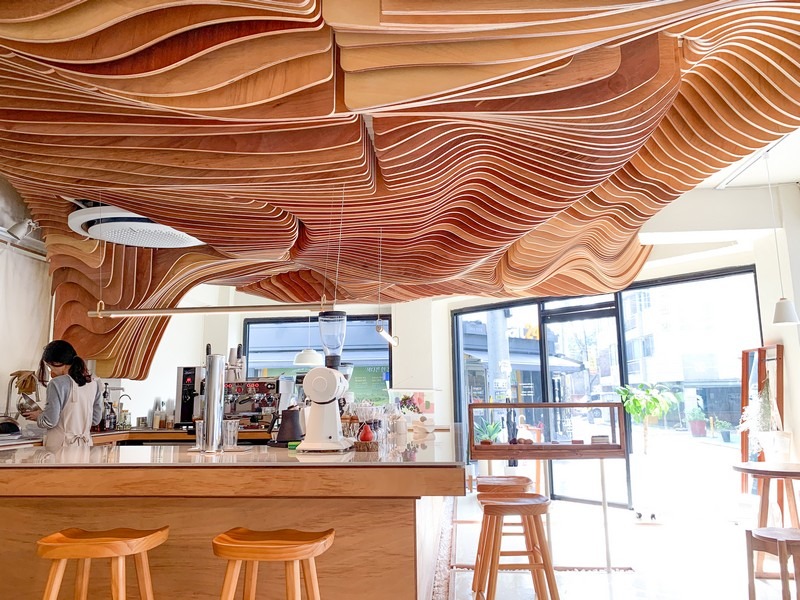
2 Comments
abcdefghizzy
I love the conversion of this urban wasteland into a cultural space! Seoul is really becoming a cultural capital and doing so in a way that is both sustainable as it is ingenious. I really love what is to become of the tank 2 space as an amphitheater area! I love any environment with great acoustics as a singer.
Hallie
Seriously the acoustics were so on point. Travel through and stop in there just to belt out some tunes! You won’t be sorry haahaha ^^